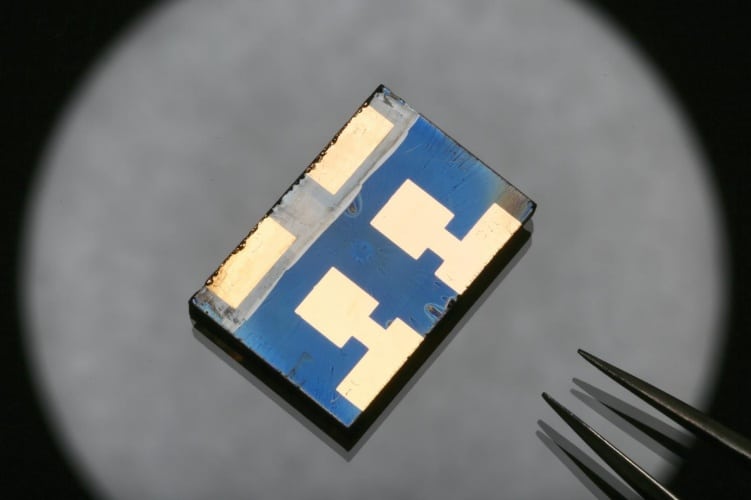
A study from scientists from Switzerland university École Polytechnique Fédérale de Lausanne (EPFL) has revealed a breakthrough in solar energy through the use of rubidium (a soft, metallic element). Published in Science Magazine, the lab’s research reveals that perovskite solar cells embedded with rubidium cations push the limits of power conversion, increasing efficiency up to a record-breaking 21.6 percent.
Perovskite solar cells are a recent innovation that use a layer of silicon and a crystal layer of calcium titanium oxide to harvest energy. Now, Michael Grätzel’s laboratory at EPFL has integrated rubidium cations into the cells. The upgraded solar cells maintain exceptional stability with over 500 continuous hours in full sunlight at 85°C. Grätzel also notes that the cells have “record-level reproducibility.”

The rubidium addition came after the development made earlier this year of perovskite solar cells with cesium mixed in. Those solar cells reached 20.2 percent efficiency, but were stable only at temperatures above 300°C (572°F). The new rubidium-integrated cells greatly improve the solar cell’s properties, making available a voltage very close to the “thermodynamic limit,” which is the theoretical maximum efficiency of converting sunlight to electricity.
EPFL has submitted a patent based on the innovative new cells, and they could be the next step to ushering in a new age of renewable energy. “This is an absolute breakthrough,” says Michael Saliba, one of the study’s leaders. “These properties are crucial for commercializing perovskite photovoltaics, especially since reproducibility and stability are the main requirements for cost-effective large-scale manufacturing of perovskite solar cells.”